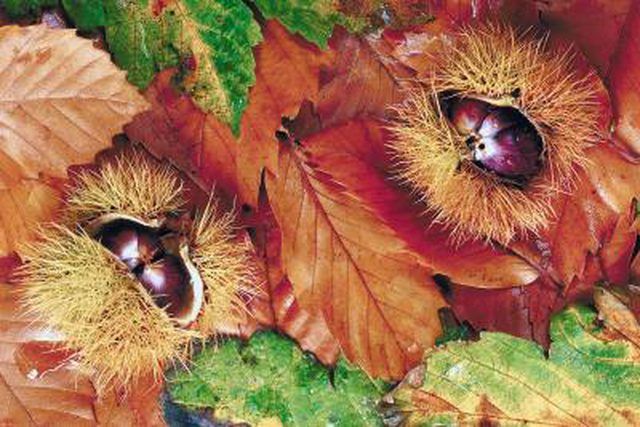Bulbs
Flower Basics
Flower Beds & Specialty Gardens
Flower Garden
Garden Furniture
Garden Gnomes
Garden Seeds
Garden Sheds
Garden Statues
Garden Tools & Supplies
Gardening Basics
Green & Organic
Groundcovers & Vines
Growing Annuals
Growing Basil
Growing Beans
Growing Berries
Growing Blueberries
Growing Cactus
Growing Corn
Growing Cotton
Growing Edibles
Growing Flowers
Growing Garlic
Growing Grapes
Growing Grass
Growing Herbs
Growing Jasmine
Growing Mint
Growing Mushrooms
Orchids
Growing Peanuts
Growing Perennials
Growing Plants
Growing Rosemary
Growing Roses
Growing Strawberries
Growing Sunflowers
Growing Thyme
Growing Tomatoes
Growing Tulips
Growing Vegetables
Herb Basics
Herb Garden
Indoor Growing
Landscaping Basics
Landscaping Patios
Landscaping Plants
Landscaping Shrubs
Landscaping Trees
Landscaping Walks & Pathways
Lawn Basics
Lawn Maintenance
Lawn Mowers
Lawn Ornaments
Lawn Planting
Lawn Tools
Outdoor Growing
Overall Landscape Planning
Pests, Weeds & Problems
Plant Basics
Rock Garden
Rose Garden
Shrubs
Soil
Specialty Gardens
Trees
Vegetable Garden
Yard Maintenance
How to Tell When a Chestnut Is Ripe
How to Tell When a Chestnut Is Ripe. Sweet chestnuts (Castanea spp.) grow throughout much of the United States. North America originally had its own chestnut species (Castanea dentata), but a blight epidemic managed to destroy nearly all of them. European and Asian chestnut trees (Castanea sativa, mollissima and crenata) have thrived in C....

Sweet chestnuts (Castanea spp.) grow throughout much of the United States. North America originally had its own chestnut species (Castanea dentata), but a blight epidemic managed to destroy nearly all of them. European and Asian chestnut trees (Castanea sativa, mollissima and crenata) have thrived in C. dentataís place and are suitable for home growing if you have enough room. The edible part of the chestnut grows inside a burr, which opens once the nuts are ripe.
Things You'll Need
Thick work gloves
Clippers
Long pruning pole
Put on thick work gloves. Chestnut burrs look fuzzy from a distance, but they are actually covered in little spines.
Gather all fallen burrs under the tree that are open. This is a basic sign of ripening. Most regions see chestnuts ripen in September or October over a few weeks; contact the agricultural extension office in your county for average times.
Inspect the nuts inside the opened burr for color, firmness and fullness. Ripe nuts should be dark brown and full. Discard any with wrinkles or that seem otherwise rotten. If you see a greenish color, the chestnut is unripe, and the burr has opened and fallen prematurely; the University of Florida notes that these should ripen within a few days, although the BBC advises that pale chestnuts can shrivel up instead. Store fallen unripe burrs in a cool place.
Pick opened burrs off the tree if the nuts inside appear to be healthy, brown and plump. While the typical sign of ripening for chestnuts is the moment they fall from the tree, the American Chestnut Cooperators Foundation points out burrs can open on the tree but not fall, even though the nuts are already ripe. Clippers and, if the tree is very tall, a long pruning pole, are the Foundationís suggested tools.